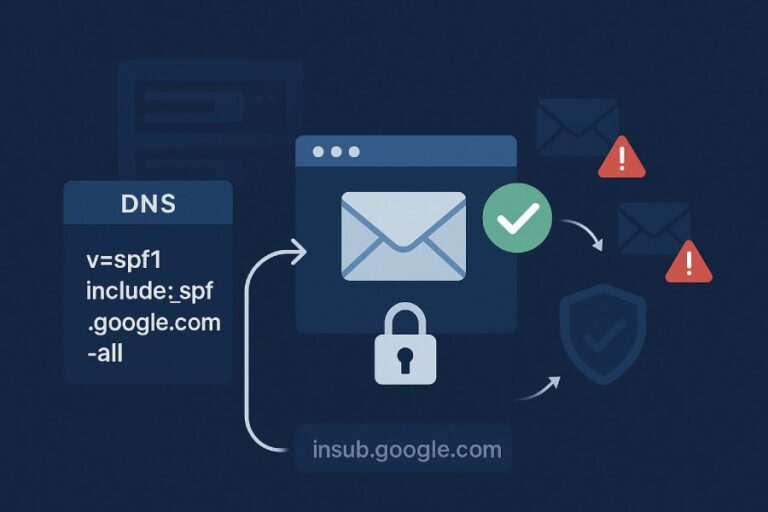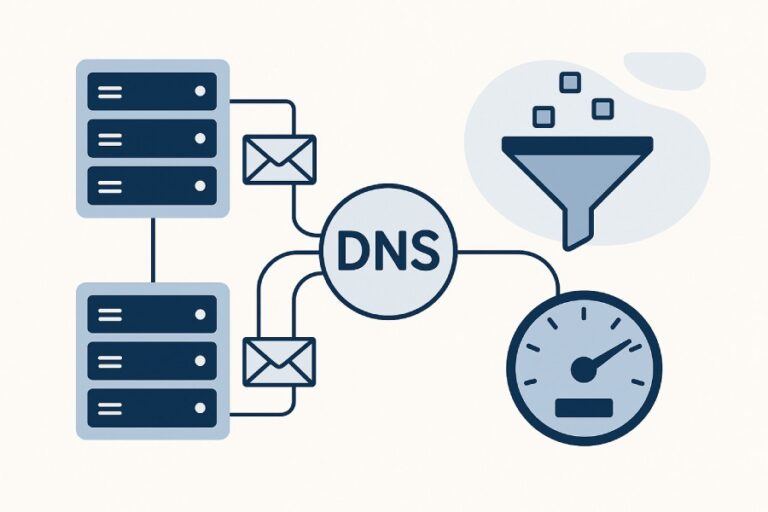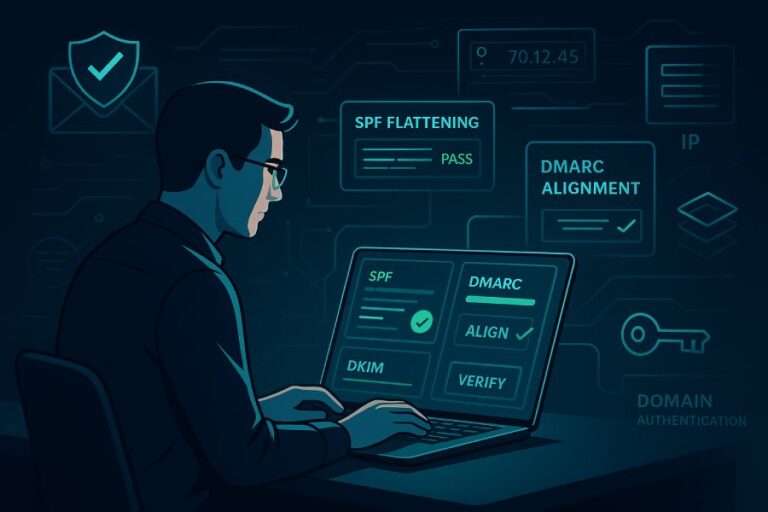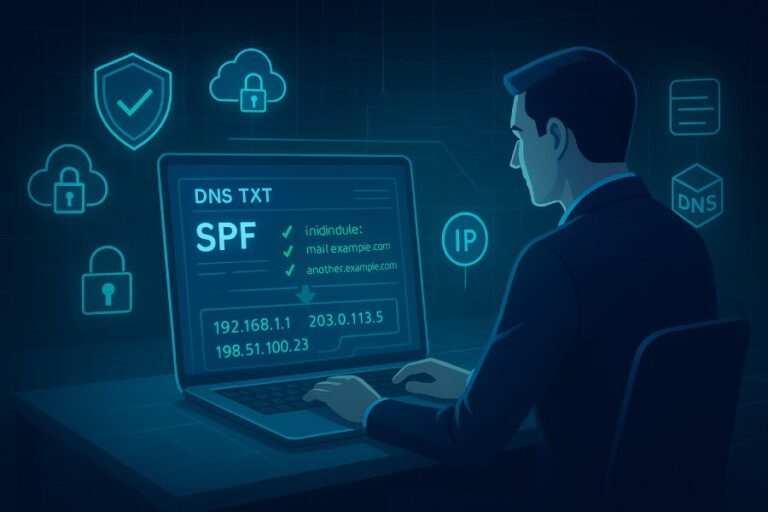AutoSPF’s In-Depth Guide to Setting Up DMARC, SPF & DKIM on HostGator
Email spoofing, phishing, and other unauthorized email-domain abuse are serious threats — for everyday websites, businesses, and brands of all sizes. That’s where the trio of email authentication standards come into play: DMARC, SPF, and DKIM. When configured correctly, they help ensure your domain’s emails are authenticated, trusted by recipients, and less likely to be…









